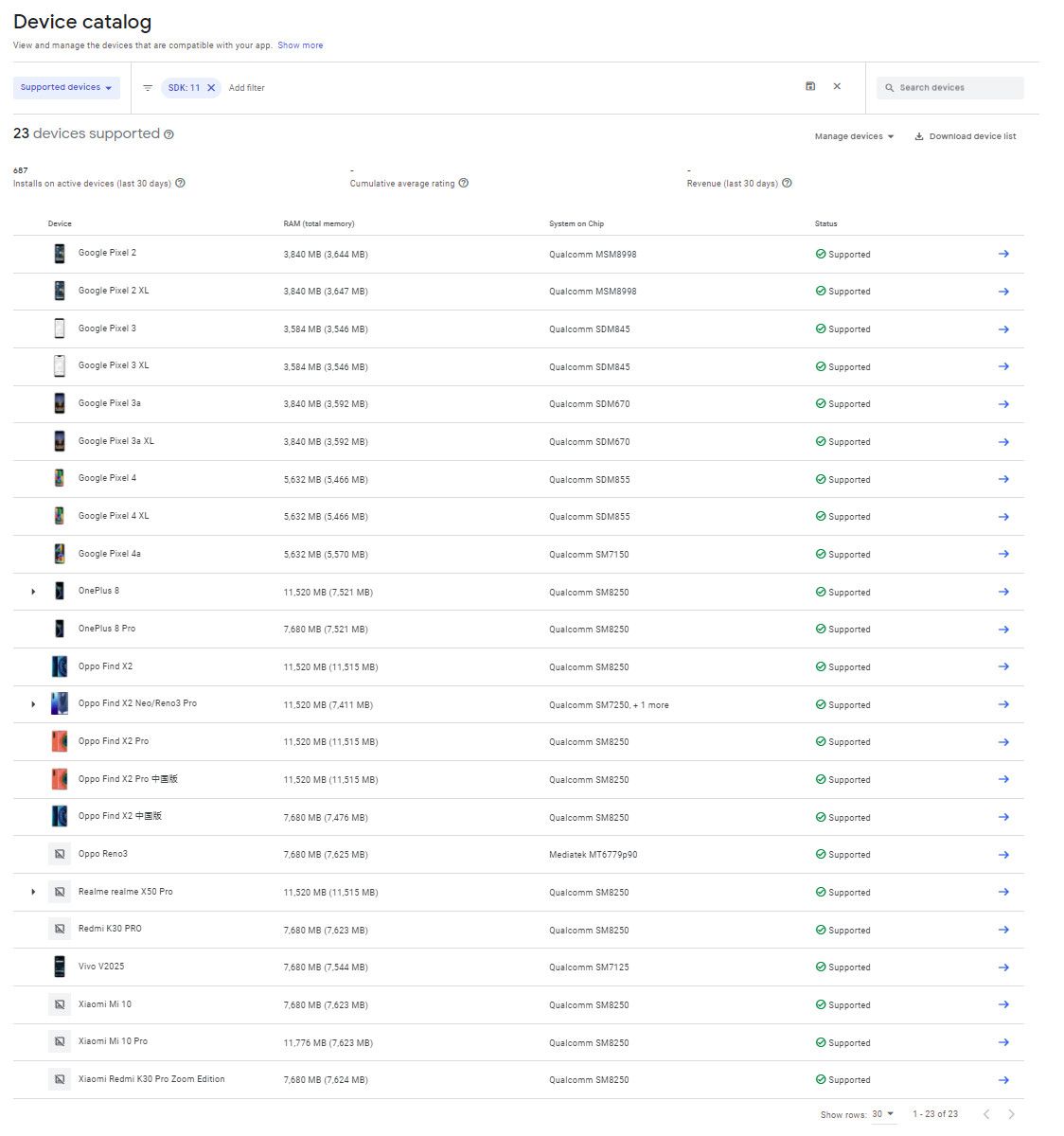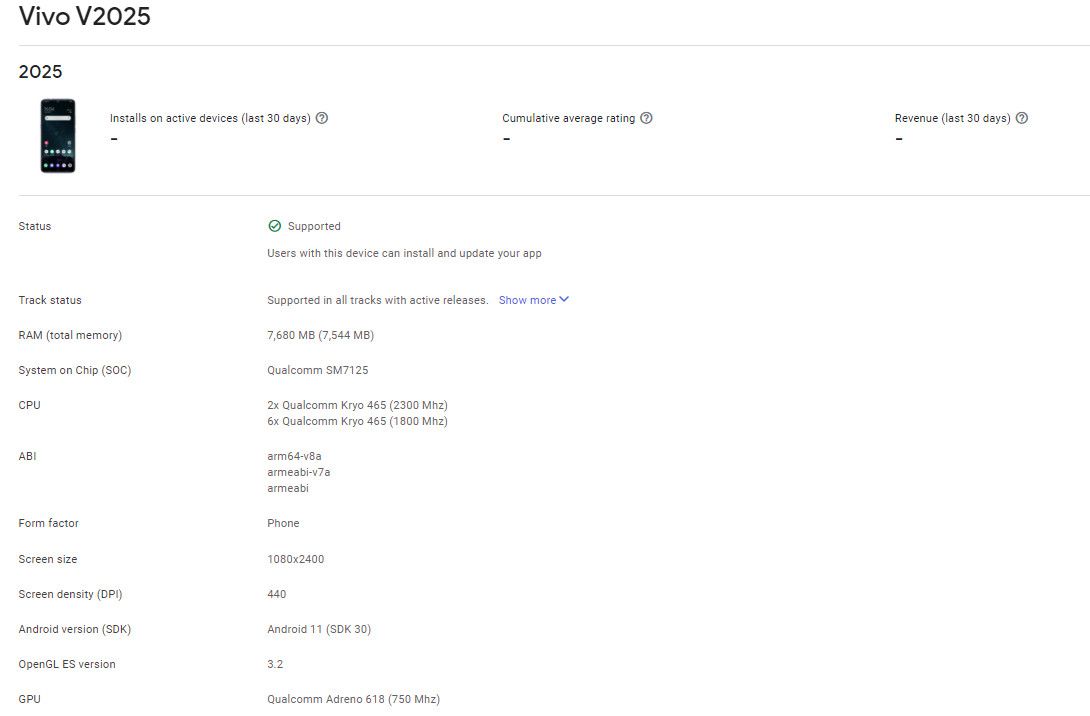Update 1 (09/29/2020 @ 1:09 PM ET): The latest set of search providers to have won Google’s auction have been announced, and Microsoft’s Bing has won big.
Update 2 (1/9/2020 @ 11:50 AM ET): The alternative search providers that will be shown at setup alongside Google have been announced.
Update 1 (10/1/2019 @ 9:50 AM ET): Google is testing showing search provider choices in Android ahead of the 2020 rollout. The article as published on August 2nd, 2019, is preserved below.[/alert]
Android users in Europe can now look forward to easily selecting between a host of search providers, as Google has just announced an upcoming change to how Android would function in the European Union. From 2020 onwards, Android smartphone and tablet users in Europe will be able to select a search provider that will power the search box on their home screen, as well as be used as the default search provider within Google Chrome, if the browser is installed. This change is part of the steps that Google has taken to comply with the European Commission’s ruling on Android.

This change is limited to all new Android phones and tablets that will be shipped into the European Economic Area (EEA) in 2020, where the Google Search app will be pre-installed. In its blog post, Google reiterates that Android users are free to customize and personalize their devices in whichever manner they deem fit, including the apps they can download and how the apps are arranged on the homescreen.
Google has also opened up the application process for search providers to be listed on the above screen. Eligible search providers will need to fill out an application form and can bid for inclusion based on an auction. Auctions will be conducted on a per-country basis and will be valid for a duration of one year. In each country, search providers will have to state the price that they are willing to pay each time a user selects them from the choice screen in the given country, and the top three bidders that exceed the minimum bid price will appear in the choice screen for that country. The auction winners, and Google, will be ordered randomly in the choice screen. If the bid process fails to get three entities that exceed the minimum bid price, the remaining slots will be filled randomly from the pool of eligible search providers (including those who applied to participate but did not submit a bid). Further details on the application process and other related questions are present on the application page.
In July 2018, the European Union found Google guilty of violating antitrust regulations, and subsequently imposed a fine of $5 Billion. The EU held that Google “imposed illegal restrictions on Android device manufacturers and mobile network operators to cement its dominant position in general internet search.” After the ruling, Google announced changes to how it did business in the EU, allowing Android partners to build forked smartphones for the European Economic Area, and introducing a new paid licensing agreement for smartphones shipped into the EEA, among other changes. Later on, Google also announced that it will present additional app options for Search and Browser on smartphones for users in Europe. This latest move from Google should further appease the conditions laid down in the European Commission’s July 2018 Android ruling.
Update 1: In testing
Google appears to have begun testing search provider choices in Android. A new commit mentions a flag for “Search Engine Choice” in Chrome for Android, which enables showing search engine choice selection at the Android setup. It’s not currently possible to test this flag as it requires a Chrome data/factory reset, which then disables the flag. However, it does show that Google is preparing for the rollout in 2020.
Update 2: First Set of Search Providers Announced
As mentioned in previous updates, Google will be rolling out “Choice Screen” for Android users in Europe in March. This will allow them to choose their search engine when setting up the phone. The search app will then be installed and automatically set as default in Google Chrome. This Choice Screen will include Google Search and three alternatives, but those alternatives will vary by region. The choices were decided by an auction process that took place last August. Here is the full list of three alternatives that will be available in different countries:
| Country |
Winners |
| Austria |
DuckDuckGo, GMX, Info.com |
| Belgium |
DuckDuckGo, Info.com, Qwant |
| Bulgaria |
DuckDuckGo, Info.com, PrivacyWall |
| Croatia |
DuckDuckGo, Info.com, PrivacyWall |
| Czech Republic |
DuckDuckGo, Info.com, Seznam |
| Denmark |
DuckDuckGo, Givero, Info.com |
| Estonia |
DuckDuckGo, Info.com, Yandex |
| Finland |
DuckDuckGo, Info.com, Yandex |
| France |
DuckDuckGo, Info.com, Qwant |
| Germany |
DuckDuckGo, GMX, Info.com |
| Greece |
DuckDuckGo, Info.com, Qwant |
| Hungary |
DuckDuckGo, Info.com, PrivacyWall |
| Iceland |
DuckDuckGo, Info.com, PrivacyWall |
| Ireland |
DuckDuckGo, Info.com, PrivacyWall |
| Italy |
DuckDuckGo, Info.com, Qwant |
| Latvia |
DuckDuckGo, Info.com, Yandex |
| Liechtenstein |
DuckDuckGo, Info.com, Qwant |
| Lithuania |
DuckDuckGo, Info.com, Yandex |
| Luxembourg |
DuckDuckGo, Info.com, Qwant |
| Malta |
DuckDuckGo, Info.com, PrivacyWall |
| Netherlands |
DuckDuckGo, GMX, Info.com |
| Norway |
DuckDuckGo, Info.com, PrivacyWall |
| Poland |
DuckDuckGo, Info.com, Yandex |
| Portugal |
DuckDuckGo, Info.com, Qwant |
| Republic of Cyprus |
DuckDuckGo, Info.com, PrivacyWall |
| Romania |
DuckDuckGo, Info.com, PrivacyWall |
| Slovakia |
DuckDuckGo, Info.com, Seznam |
| Slovenia |
DuckDuckGo, Info.com, PrivacyWall |
| Spain |
DuckDuckGo, Info.com, Qwant |
| Sweden |
DuckDuckGo, Info.com, PrivacyWall |
| United Kingdom |
Bing, DuckDuckGo, Info.com |
Every time a user selects one of the alternatives, Google will receive a fee. So at the end of all this, Google Search may not be used by as many people, but the company is still making money off of every user.
Update 3: New Search Providers Announced
As reported by Reuters, Google has updated its Android Choice Screen Winners page today to reflect the search providers that will appear in the search engine choice screen shown during setup for Android users in Europe. The following search providers, in addition to Google, will be shown in a random order to Android users in each listed country:
| Country |
Winners |
| Austria |
Bing, info.com, PrivacyWall |
| Belgium |
Bing, info.com, PrivacyWall |
| Bulgaria |
DuckDuckGo, GMX, info.com, PrivacyWall, Yandex |
| Croatia |
DuckDuckGo, GMX, info.com |
| Czech Republic |
info.com, PrivacyWall, Seznam.cz |
| Denmark |
Bing, info.com, PrivacyWall |
| Estonia |
GMX, info.com, Yandex |
| Finland |
Bing, info.com, PrivacyWall |
| France |
Bing, info.com, PrivacyWall |
| Germany |
Bing, info.com, PrivacyWall |
| Greece |
GMX, info.com, PrivacyWall, Yandex |
| Hungary |
GMX, info.com, PrivacyWall, Yandex |
| Iceland |
DuckDuckGo, GMX, info.com |
| Ireland |
Bing, info.com, PrivacyWall |
| Italy |
Bing, info.com, PrivacyWall |
| Latvia |
info.com, PrivacyWall, Yandex |
| Liechtenstein |
DuckDuckGo, GMX, info.com |
| Lithuania |
GMX, info.com, PrivacyWall |
| Luxembourg |
GMX, info.com, Qwant |
| Malta |
GMX, info.com, PrivacyWall |
| Netherlands |
Bing, info.com, PrivacyWall |
| Norway |
Bing, info.com, PrivacyWall |
| Poland |
GMX, info.com, PrivacyWall |
| Portugal |
GMX, info.com, Yandex |
| Republic of Cyprus |
GMX, info.com, Yandex |
| Romania |
GMX, info.com, PrivacyWall, Yandex |
| Slovakia |
GMX, info.com, Seznam.cz |
| Slovenia |
Ecosia, GMX, info.com |
| Spain |
Bing, info.com, PrivacyWall |
| Sweden |
Bing, info.com, PrivacyWall |
| United Kingdom |
Bing, info.com, PrivacyWall |
Microsoft was a big winner, with its Bing search engine now appearing as an option in 13 countries. The Puerto Rico-based PrivacyWall will appear in the the choice screen in 22 countries, while the U.S.-based info.com will appear in all 31 countries. Other notable winners include Russian-based Yandex and Germany-based GMX.
One search provider that is no longer as prevalent in this list is DuckDuckGo. The company published a blog post criticizing Google’s auction process, stating that it’s a “pay-to-play auction in which only the highest bidders are on the menu.” They argue that only those search providers that can recoup costs in each region can afford to place winning bids for each country; providers like DuckDuckGo, meanwhile, can’t afford to outbid their competitors because of its privacy-centric mission. In response, a Google spokeswoman told Reuters “the goal is to give all search providers equal opportunity to bid; not to give certain rivals special treatment. In developing the choice screen for Europe, we carefully balanced providing users with yet more choice while ensuring that we can continue to invest in developing and maintaining the open-source Android platform for the long-term,” she said.
The post [Update 3: Microsoft Bing Wins Big] Google adds search provider choices for Android users in the EU appeared first on xda-developers.
from xda-developers https://ift.tt/2YlWCXr
via
IFTTT












